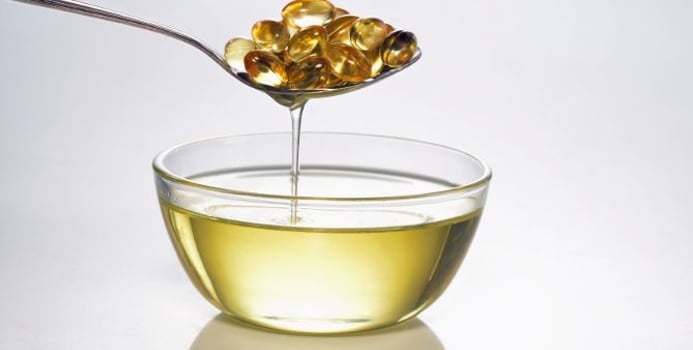To understand the difference between unsaturated fats and trans fat, it is best to understand what creates a fat. Fats are a group of compounds known as glycerides. Fatty acids attach to glycerides. These fatty acids are molecules that are composed of hydrogen and carbon atoms. There are two types of fatty acids--saturated and unsaturated acids, which attach to create saturated and unsaturated fats. Fats are an essential part of the human diet and are one of the body's major sources of energy. The human body is only able to obtain energy by breaking down fats, carbohydrates and proteins.
What are Unsaturated Fats?There are two types of unsaturated fats--polyunsaturated fats and monounsaturated fats. These fats typically come from vegetables or fish sources. Unsaturated fats are typically liquid at room temperature and are in the form of oils. They supply the body with a healthy source of fat.
Health Benefits of Unsaturated FatsAccording to the Mayo Clinic, you should pick unsaturated fats because these fats have been shown to lower your risk of heart disease by reducing your total cholesterol levels. One type of unsaturated fat, omega-3 fatty acids, can decrease the risk of coronary artery disease and lower blood pressure levels.
What Foods Have Unsaturated Fats?The most common sources of unsaturated fats include olive oil, sunflower oil, vegetable oils, peanut oil, avocados, seeds and nuts. For omega-3 fatty acids, select flax seed or walnuts as well as fatty cold-water fish like herring, mackerel or salmon.
What are Trans Fats?Trans fats are chemically altered fats that are man-made by the process of hydrogenation. This process injects hydrogen into vegetable fats through pressure and high heat. This process is typically done to vegetable oils to make them more chemically stable. This means that they become liquid at room temperature and have a longer shelf life.
Health Effects of Trans FatsTrans fats are the most harmful of the fats because they lower good HDL cholesterol while raising bad LDL cholesterol. This increases your risk for coronary heart disease. Trans fats have a more detrimental impact on your cholesterol levels than butter, which is composed of a saturated fat.
The Institute of Medicine released a report in 2002 that said no amount of trans fat is safe for consumption. Luckily, in January of 2006, the United States government required that all foods include trans fats per serving upon their nutritional facts panel. Furthermore, some states have banned the use of trans fats in restaurants and food vendors.
What Foods Have Trans Fats?Trans fats are commonly found in commercially made margarine, shortenings, breakfast cereals, fried foods, crackers, potato chips, pastries, cookies, doughnuts, cakes and pies. You will want to check the label of the foods you purchase to make sure that they do not contain any harmful trans fats.



